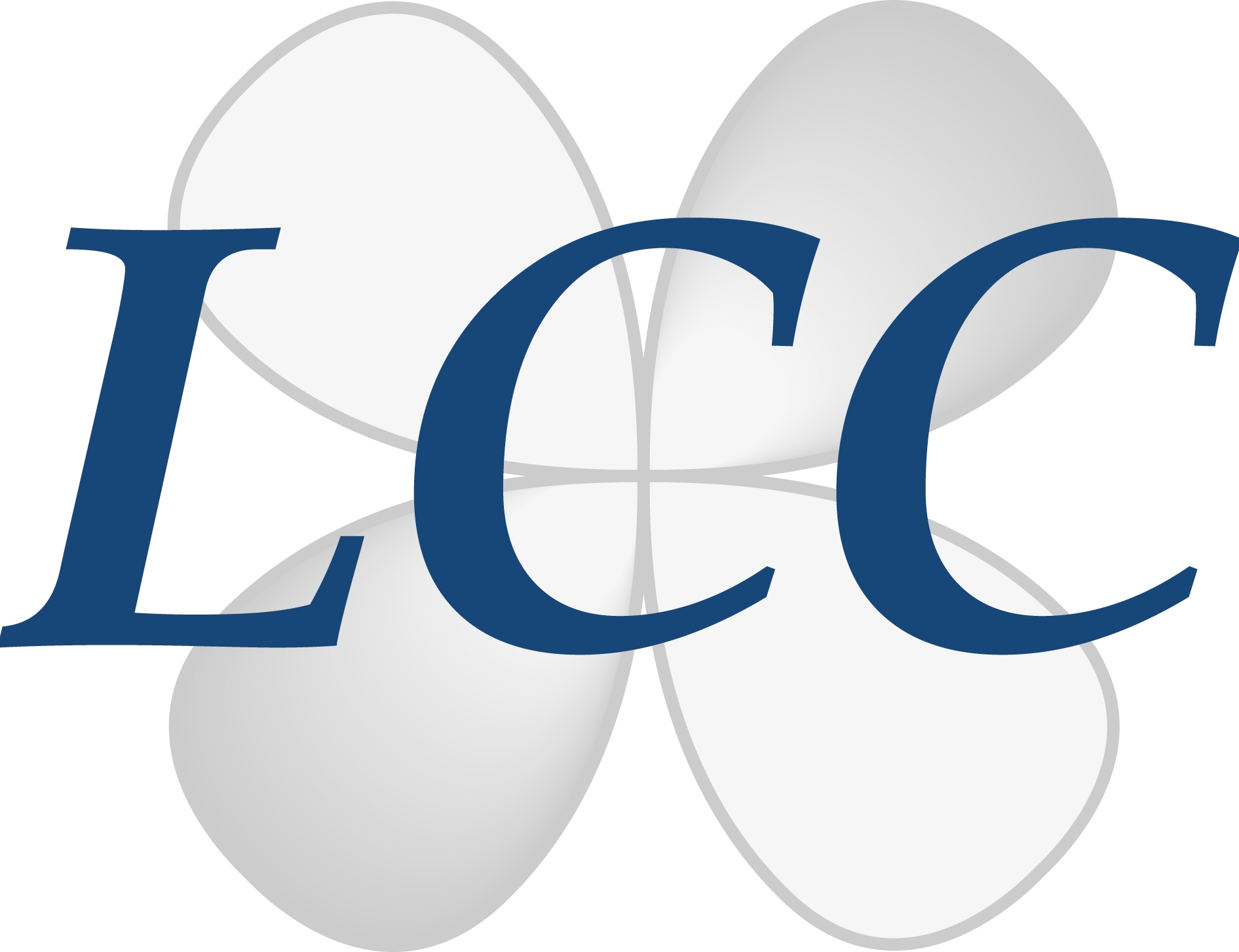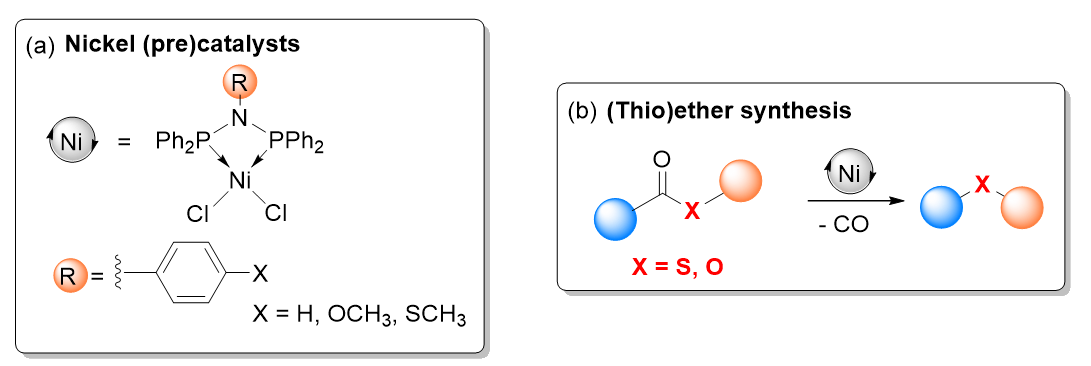INTRAMOLECULAR DECARBONYLATIVE COUPLING REACTIONS
CHEMISTRY & GREEN CHEMISTRY

Lab: LCC
Duration: 5 to 6 months
Latest starting date: 06/10/2025
Localisation: LCC: Laboratoire de Chimie de Coordination du CNRS
205 Route de Narbonne
31077 TOULOUSE Cedex 4 - FRANCE
Supervisors:
Christophe FLIEDEL christophe.fliedel@lcc-toulouse.fr
Pascal GUILLO pascal.guillo@lcc-toulouse.fr
Work package:
Work Package:
Catalysis is one of the main pillars of green chemistry. It contributes to reducing the energy required to perform chemical transformations, minimizing reagent consumption through the use of substoichiometric quantities of active species, and enabling new types of reactivity.
The “Ligands, Complex Architectures and Catalysis” (LAC2) team at the LCC is strongly involved in this field, developing metal complexes stabilized by original ligands and tailored to the targeted reactivity. The focus is placed on earth-abundant and low-toxicity metals such as iron and nickel.[1],[2]
To promote more environmentally friendly chemical processes, we are currently investigating nickel-catalyzed unimolecular fragment coupling (UFC) reactions,[3] which enable the synthesis of added-value compounds from benign starting materials. In particular, we have shown that previously developped nickel precatalysts (Scheme 1a)[4] exhibit high efficiency in the conversion of thioesters into thioethers via a simple intramolecualr decarbonylation reaction (Scheme 1b, X = S).[5]
Building on our experience in nickel-catalyzed decarbonylation of thioesters, this internship will explore the more challenging decarbonylation of esters into ethers (Scheme 1b, X = O), a transformation that has been reported only once in the literature, with a very limited substrate scope.[6]
In this context, the student will first (re)synthesize selected ligands and metal complexes, using well-established procedures developed by the host team. In a second step, the catalytic activity of these complexes will be evaluated and optimized using NMR and GC-FID analyses.
This project will provide the candidate with valuable training in organic and coordination chemistry (synthesis and characterization), as well as hands-on experience in homogeneous catalysis, reaction optimization, and data analysis.

References:
References:
[1] V. Fagué, S. Mallet-Ladeira, P. Guillo, C. Fliedel, Inorg. Chim. Acta 2025, 581, 122610.
[2] V. Fagué, D. Dos Santos, J. C. Daran, S. Mallet‐Ladeira, P. Guillo, C. Fliedel, Eur. J. Inorg. Chem. 2025, 28, e202400729.
[3] R. Shimazumi, M. Tobisu, JACS Au 2024, 4, 1676-1695.
[4] a) A. Ghisolfi, C. Fliedel, V. Rosa, R. Pattacini, A. Thibon, K. Y. Monakhov, P. Braunstein, Chem Asian J 2013, 8, 1795; b) A. Ghisolfi, C. Fliedel, V. Rosa, K. Y. Monakhov, P. Braunstein, Organometallics 2014, 33, 2523; c) C. Fliedel, A. Ghisolfi, P. Braunstein, Chem. Rev. 2016, 116, 9237.
[5] V. Fagué, S. Mallet-Ladeira, P. Guillo, C. Fliedel, manuscript in preparation.
[6] R. Takise, R. Isshiki, K. Muto, K. Itami, J. Yamaguchi, J. Am. Chem. Soc. 2017, 139, 3340.
Areas of expertise:
Coordination Chemistry – Catalysis – Nickel – coupling reactions
Required skills for the internship:
Knowledge in coordination chemistry (and catalysis)
